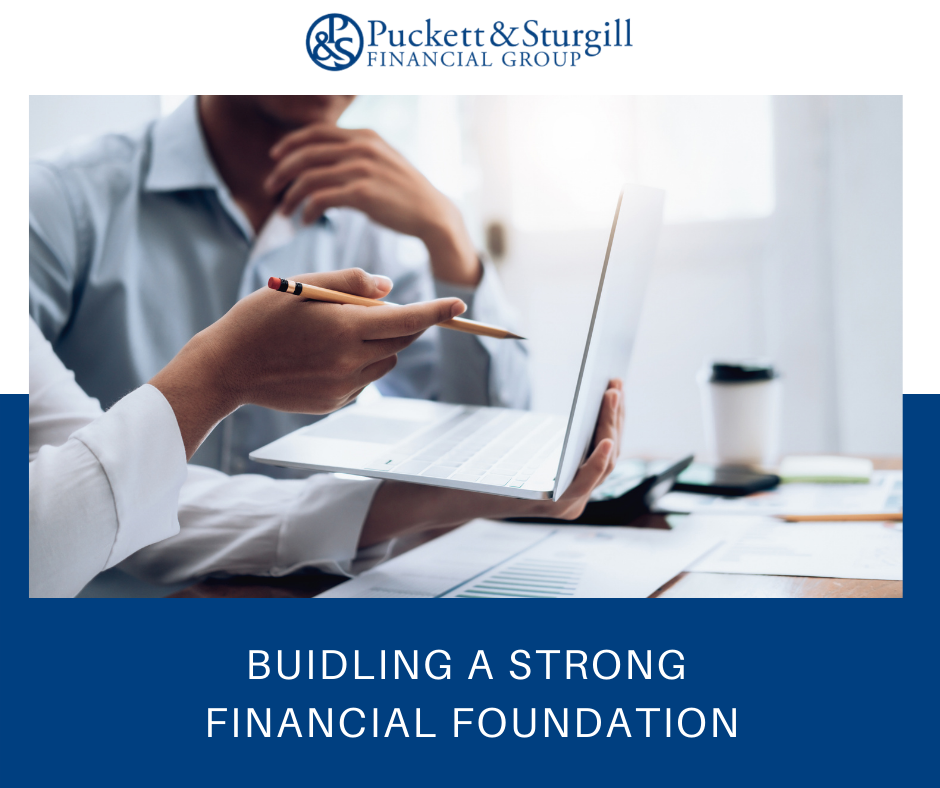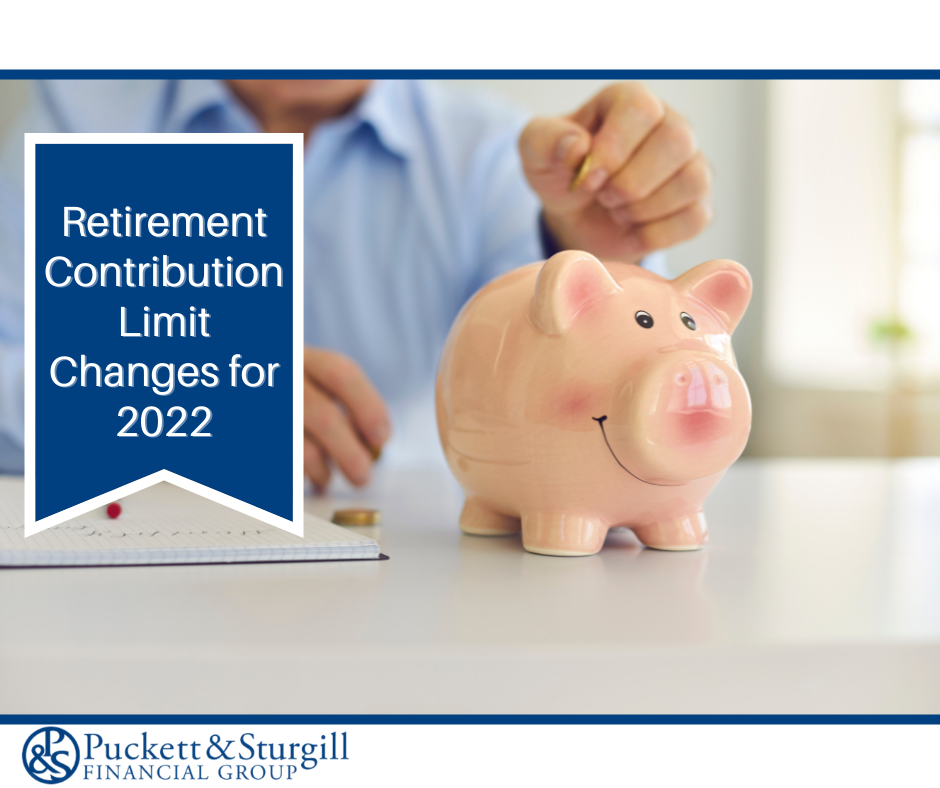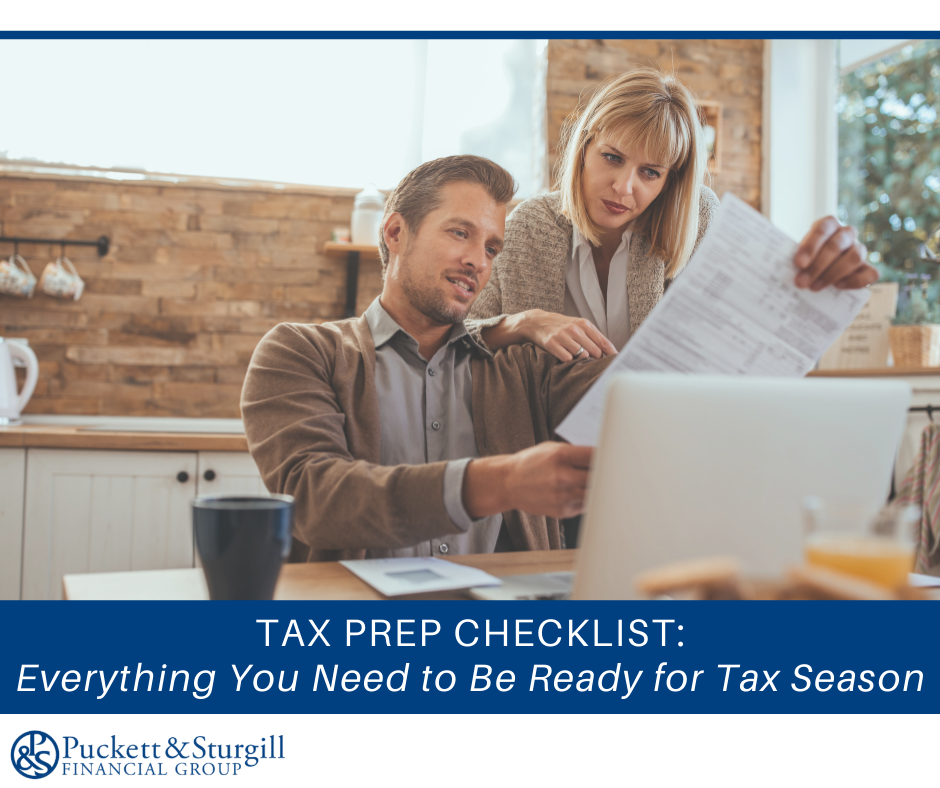
Crossing the Bridge to a Satisfying Retirement
One of the more important—and hopefully enjoyable—events you will face in life is retirement. After spending many years building your career, you have likely accumulated a comfortable nest egg. If you have reached a point where retirement is the next big step, you need to develop a strategy that will help you cross the bridge from the world of work to the world of leisure. While most retirement planning discussions focus on the financial aspects of securing a comfortable retirement, few look at the nonfinancial issues that need to be addressed. Indeed, when retirees report being dissatisfied with retirement, it is more often the nonfinancial aspects they find troubling. Specifically, lifestyle changes and loss of self-esteem due to loss of work often create the most difficulties. Perspective is Key Maintaining perspective is really the key to enjoying one’s later years. While the word “retirement” suggests that something is coming to an end, cultivating a more positive view can help you learn to see retirement as the beginning of a new phase of life—a phase in which you can do all the things you never seemed to find the time for while you were working. Volunteer work can enhance your sense of making a contribution, while taking courses in areas of special interest can challenge your intellectual curiosity. If thoughtfully chosen, these activities can help bring a great deal of happiness and meaning to your life. Easing the Transition From a psychological standpoint, some individuals find that separating from a lifetime of work is a more emotional experience than they ever expected. It is possible that it may take from two to five years to disengage from the












